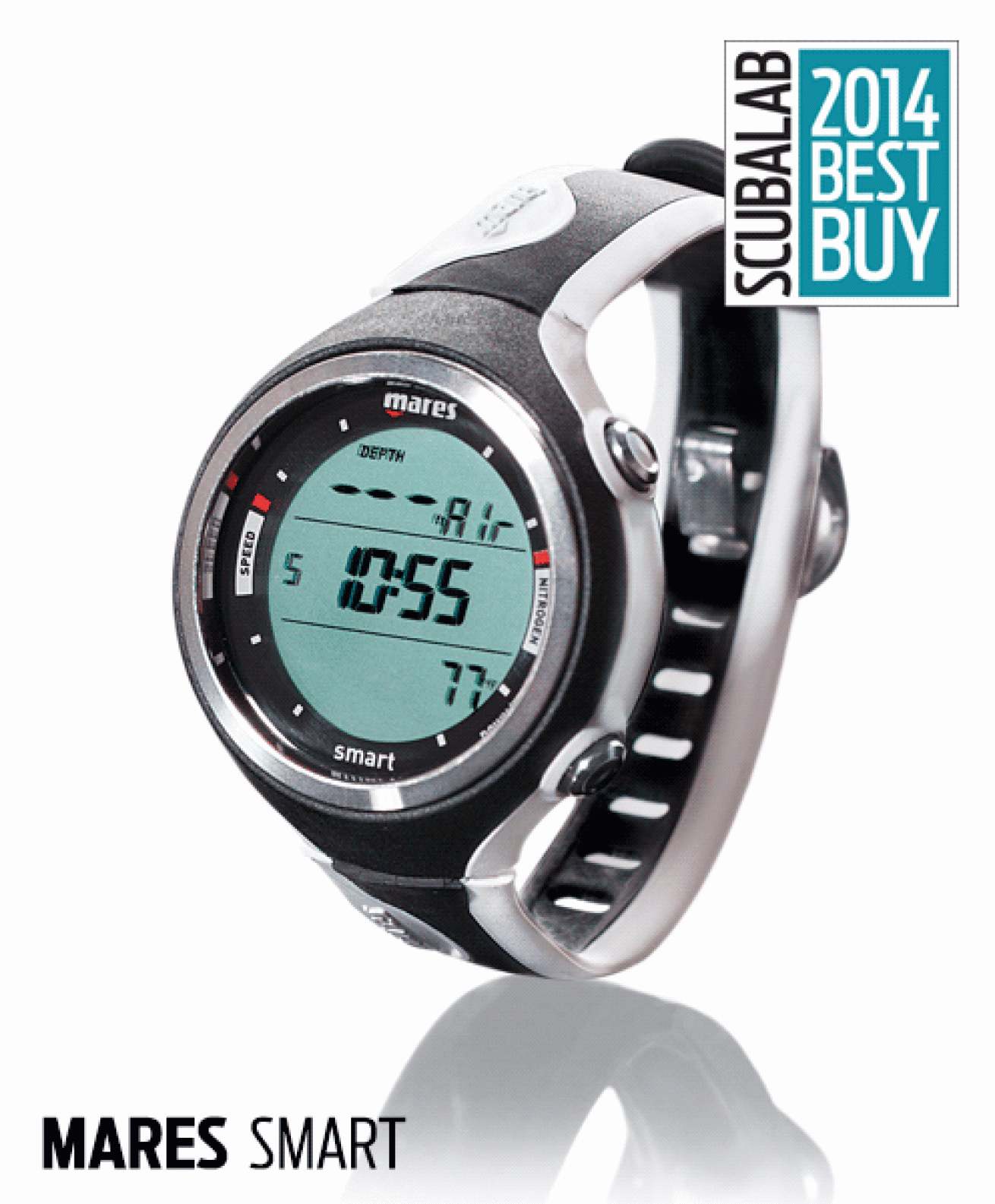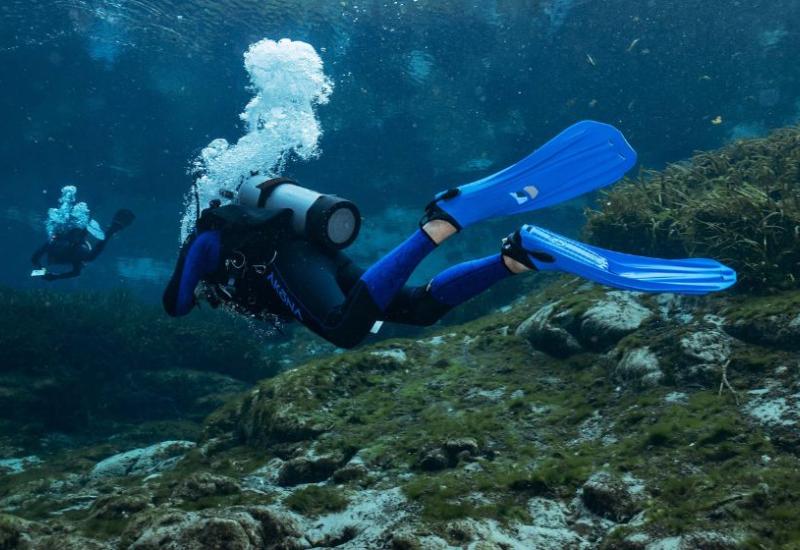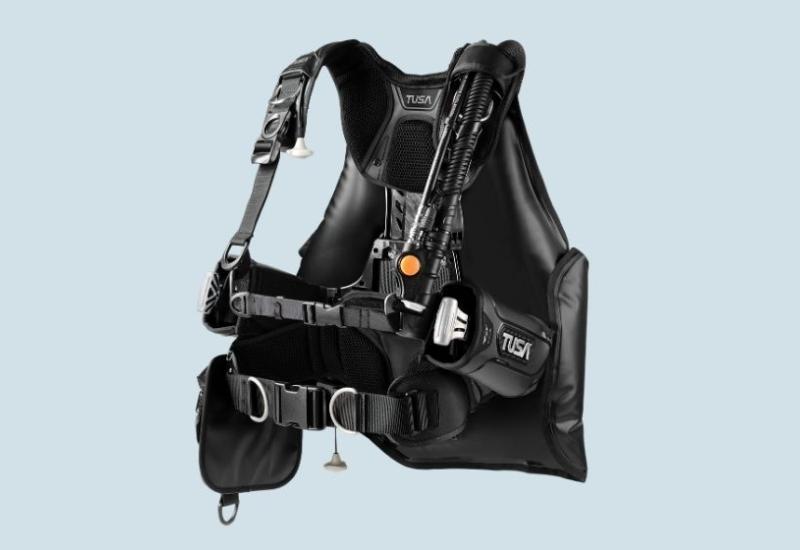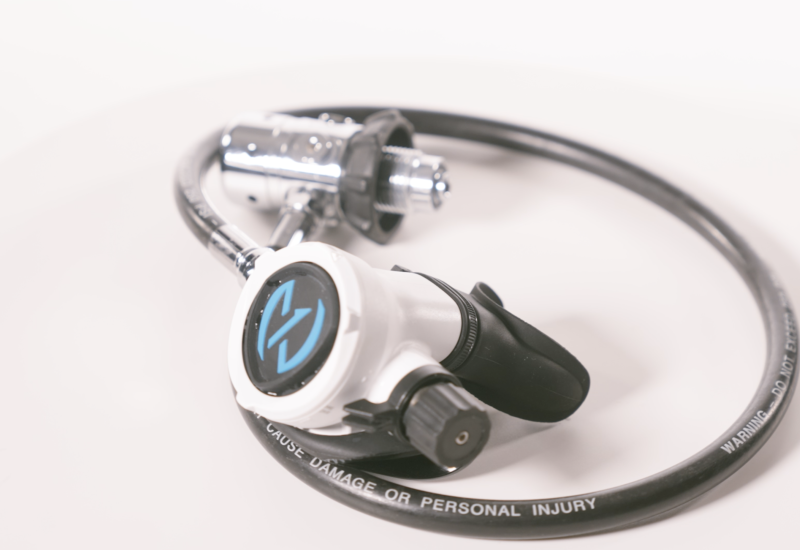2014 ScubaLab Best Buy: Mares Smart Dive Computer

Mares Smart - Dive Computer Best Buy
Jon Whittle
It matters how many features a dive computer has, but it matters more how well its features are executed. A case in point is Mares’ new smart. It doesn’t have the longest list of goodies — there’s no air integration or compass — but what it does, it does very well. The dive-mode display is well thought out and easy to see and understand, with data for depth, NDL, dive time and temperature, along with a tissue-loading bar graph and ascent-rate indicator. the alternate-dive-screen data include maximum and average depth, gas mix, oxygen-toxicity level and current time. The smart’s two-button system is easy to navigate and logical in dive mode, in which the upper button modifies the top row of the display while the lower button toggles through alternate displays on the lower right. Test divers found the system very intuitive. the backlight is good, as are the visual and audible alarms. A large “slow” warns of too-rapid ascent, and there are warnings for MOD and oxygen toxicity. there’s also a tissue-loading bar graph on the right, although some divers found this a little hard to see. Divers found the smart among the easiest wrist- watches to read in bright sun, and they also liked its surface-interval countdown timer. In our chamber dives, the Smart’s RGBM algorithm was about middle-of-the-road in conservatism. Despite its relatively modest price, the smart also has a refined look, with its stainless bezel ring and buttons. The Smart was ScubaLab’s Best Buy in its category.
MSRP: $450 // Gas mixes: 2 // User controls: 2 buttons // Compass: No // Info: mares.com

Jon Whittle
It matters how many features a dive computer has, but it matters more how well its features are executed. A case in point is Mares’ new smart. It doesn’t have the longest list of goodies — there’s no air integration or compass — but what it does, it does very well. The dive-mode display is well thought out and easy to see and understand, with data for depth, NDL, dive time and temperature, along with a tissue-loading bar graph and ascent-rate indicator. the alternate-dive-screen data include maximum and average depth, gas mix, oxygen-toxicity level and current time. The smart’s two-button system is easy to navigate and logical in dive mode, in which the upper button modifies the top row of the display while the lower button toggles through alternate displays on the lower right. Test divers found the system very intuitive. the backlight is good, as are the visual and audible alarms. A large “slow” warns of too-rapid ascent, and there are warnings for MOD and oxygen toxicity. there’s also a tissue-loading bar graph on the right, although some divers found this a little hard to see. Divers found the smart among the easiest wrist- watches to read in bright sun, and they also liked its surface-interval countdown timer. In our chamber dives, the Smart’s RGBM algorithm was about middle-of-the-road in conservatism. Despite its relatively modest price, the smart also has a refined look, with its stainless bezel ring and buttons. The Smart was ScubaLab’s Best Buy in its category.
MSRP: $450 // Gas mixes: 2 // User controls: 2 buttons // Compass: No // Info: mares.com










